Let’s start off with some antenna basics.
Antenna efficiency is proportional to the length of the antenna up to \$\frac{\lambda}{2}\$ where $$\lambda = \frac{v}{f}$$
An antenna that is half the length of the electromagnetic wave it is receiving is referred to as a “half wave” antenna. In free space, a GPS signal at 1.575 GHz has a wavelength of 19 cm, so a you would want a 9.5 cm half wave antenna to pick up the signal without efficiency loss from the antenna itself. Steve Jobs is rolling over in his grave right about now. You can’t put a 10 cm antenna in an iPhone! So what can we do to make it smaller?
To start off, you can trick the wave into thinking the antenna is actually half the wavelength by making it a quarter of the wavelength and then mounting it to an adjacent conductive ground plane or chassis that is also at least a quarter of the wavelength. This is referred to as a “quarter wave” antenna. For our GPS receiver, we would need a 4.25 cm quarter wave antenna to pick up the signal. Not quite good enough, but at least we’re going in the right direction! What else can we do?
Well let’s look back at our equation for \$\lambda\$. Is there a way we can make the wavelength shorter so we can have a shorter antenna? Well the frequency is set, there’s not much we can do to change it, but what about the phase velocity? Phase velocity is defined as $$v = \frac{1}{\sqrt{\epsilon \mu}}$$ where \$\epsilon\$ is the permittivity of the transmission medium, and \$\mu\$ is the permeability. If we can increase either of those, we’ve bought ourselves some length.
Well it turns out that most GPS antennas are microstrip antennas, so the wave travels partly through air and partly through the substrate of the PCB as shown in this picture.

https://www.3ds.com/uploads/pics/microstrip-transmission-line-quasi-tem-mode.png
Calculating the actual wavelength of the wave traveling on a microstrip is not very straightforward, but for example if we use FR4 as the PCB substrate, we might be able to reduce the wavelength by about half if we are lucky. Great, so we’ve gotten our antenna length down to ~2.1 cm. Is that good enough? Nope!
This is where things start to get a little hairy, and by hairy I mean nonlinear. Antenna designers have asked themselves what else they can do to make antennas smaller, and they found a very nifty trick. You can “slow down” the wave traveling in the microstrip by making a slot in the ground plane which forces the return current on the ground plane to take a longer path. This effectively reduces the phase velocity of the wave which means you can make the antenna much smaller until all the sudden bing bang boom it’s only 9 mm squared. Now that’s the kind of antenna phone manufacturers want to use!
There are other methods used to miniaturize antennas. There has been a lot of research centered around this idea, and as you can probably see, it gets pretty complicated. Complicated enough that most online calculators aren’t going to do the math for you.

